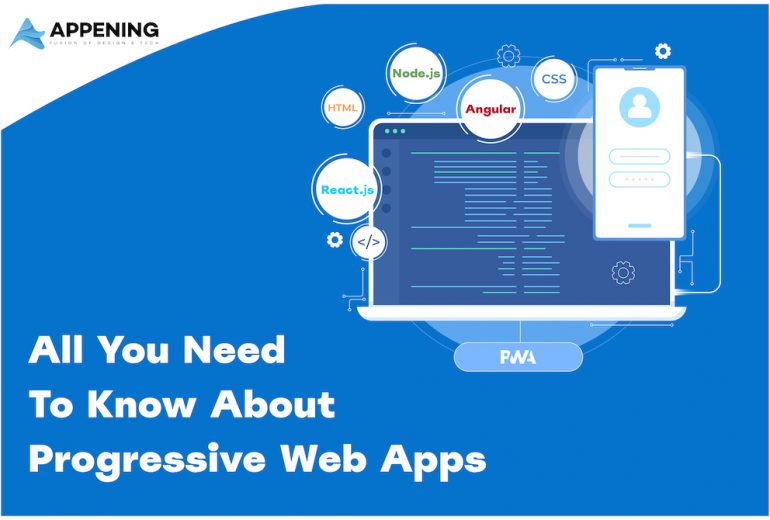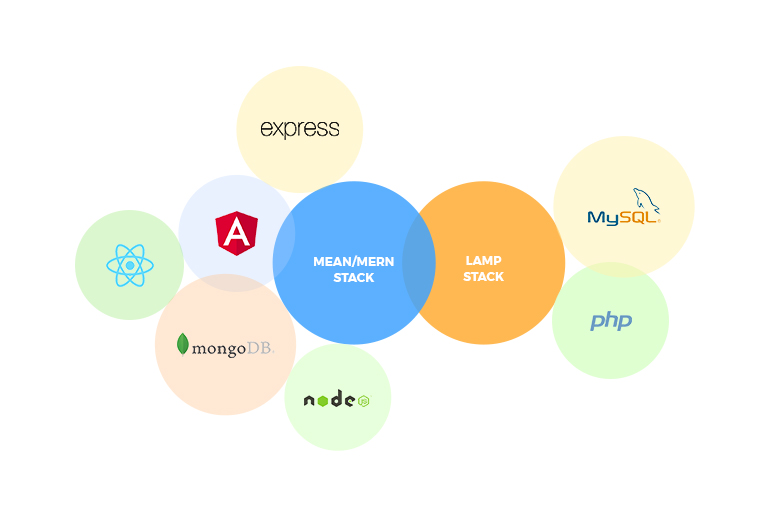PWA wasn’t even a concept until 2015 until it was presented to the world. The progressive web application isn’t a newcomer to the marketplace, but it may not imply it isn’t among the most important. PWA has assisted numerous enterprises, and companies move towards the next stage since its inception. They are capable of improving their customer service while also extending it by using this technology.
Progressive web applications are used for Ecommerce by many of the world’s major organizations. Twitter, Alibaba, Trivago, as well as Walmart are among the companies involved. These companies have questioned their exchange rates and income figures.
What Exactly Would Be A Progressive Web App?
A Progressive Web Application (PWA) is an online platform that exploits the newest web technologies to provide users with a native app-like feel. It is the solution that will offer uniformity across online and native apps, allowing them to be replaced by a specific incident. Native applications have always delivered a better experience than mobile internet, resulting in great interaction with the final user.
A Progressive Web Application is a site that appears and acts like a native application, which implies it is extremely quick, can be put to a smartphone’s main tab, sends alerts, and could even run offline. They are:
- Dependable: They load instantaneously, irrespective of the type of connection. They remove the need for a data connection, offering an immediate and dependable customer experience even when the webserver is poor or non-existent.
- Extremely quick: Customers will abandon your website if it is too sluggish, causing you to lose prospective sales. PWAs are exceptionally fast to download and responsive to user inputs. Increased website performance has a beneficial impact on sales, customer engagement, and retention levels.
- Very interesting: They deliver a genuine native app encounter, complete with web characteristics such as the order to transmit Push Notifications and show on the home screen.
Characteristics Of A Progressive Web App
All of these characteristics are closely related to the customer journey. All of these factors work together to improve safety, efficiency, participation, and communication. So, with that in view, you know how to search for backend web design solutions for PWA.
- Findable: In contrast to true native applications, a PWA is distinguishable as an “app,” allowing search results to identify and classify it.
- Re-engage: PWA allows advertisers to quickly re-engage with visitors via features such as messaging pop-ups, which were previously only accessible for native applications.
- Linkable: A PWA includes a true Web address, which makes it easier to distribute the program via URL while also allowing the PWA’s pages to be utilized for commercial reasons such as SEA.
- Revolutionary: Since it was designed with higher added value as a basic concept, PWA should function for all users, irrespective of device.
- Reactive: PWA should support every device, regardless of size: computer, smartphone, tablet, or whichever comes next.
- Free of Connectivity: PWAs are not reliant on network connectivity.
- Similar to an app: In respect of performance and interaction techniques, the consumer will have a native application encounter.
- New: The PWA is always up to current; no upgrades are necessary.
- Secure: It is always secure because it is provided via HTTPS.
- Easily installable: A PWA enables consumers to install programs that they consider to be generally helpful to their start page without having to navigate via an application platform.
What Are The Advantages Of PWA For Online Businesses?
PWAs provide several advantages to eCommerce websites. These provide a superb surfing environment on mobile devices as well as PCs. It never fails or disappoints in delivering on its claims. The following are some of the primary advantages of PWA:
- Functions on all portals: To sum it up, PWA operates on websites, regardless of whether they are Windows or Android.
- Adjusts to device settings: Progressive web applications adjust to the device of the user. As a result, it performs equally well regardless of the width of the touchscreen visual or the equipment specifications of the phone or tablet.
- Ease and fluid: PWA can give a seamless user interface with no sufficient processing concerns due to its modest and small design.
- Decrease bounce rate: Web applications are infectiously delightful, enticing users to remain on the site for longer periods even if they have no intention of purchasing anything from the company.
- Improves customer outreach: These portable solutions are accessible to everyone, and all that is required is a URL. Webpages have more penetration due to their ease of use.
- Increases customer retention: It is not only useful for lowering bounce percentages, but it is a terrific strategy to maintain old consumers who have already deserted you.
- Stability in user experience: It operates under the customer experience following a new user’s initial visit. The tailored content is in sync with the storage layer and is used across all channels.
- Increases conversion rate: PWA has enough qualities to deliver a pleasing user encounter. In case you didn’t know, a happy customer is easy to attract.
Why Are Progressive Web Apps The Preferred Method For Your Company?
It has been a long time since mobile phone customers exceeded PC users. As a result, it’s not surprising to hear that mobile phones account for up to 60% of overall web traffic. What succeeds on PCs isn’t always appropriate for cellular telephones with relatively lower form factors. This is when companies ran into a minor snag. That’s where e-commerce progressive web applications come in.
According to Google surveys and statistics, the Progressive web service has helped increase income by an average of 20%. Furthermore, it helps to enhance the user interface, which in return boosts customer engagement.
How Progressive Web Apps (PWAs) are Transforming Ecommerce
On the one hand, a PWA has the appearance and feel of a native app. On the other hand, it retains all of the benefits of a webpage: it is accessible via a window, discoverable by google search, and would not need setup or uploading. Ecommerce PWAs, for instance, may send push alerts, read barcodes, and give localized information by utilizing a phone’s location capabilities.
All of these elements improve the user encounter and encourage visitors to make a purchase. PWAs, like conventional websites, may function on any device. PWA functionalities, on the other hand, grow when a user transitions to a more sophisticated device or website.
How To Begin Using PWAs
Establishing a PWA isn’t as difficult as it may appear. And it most certainly does not imply a thorough and thorough makeover of your site’s front-end. However, it does need some programming and offering users the choice to store your website on their homepage is accomplished using a feature known as Web App Manifests. You may either delegate this to your in-house programmer or do it yourself. Contemplate engaging in a PWA initiative with a company.
Conclusion
Indeed, as innovation advances, all old online businesses should migrate to PWA and get all of the fantastic benefits such as quicker performance, minimal maintenance, rapid download speed, reduced space use, and so on. However, you must contact a reputable development firm because they are the sole ones who know precisely what PWA will appear like for your online shop and what factors you should address before switching.

